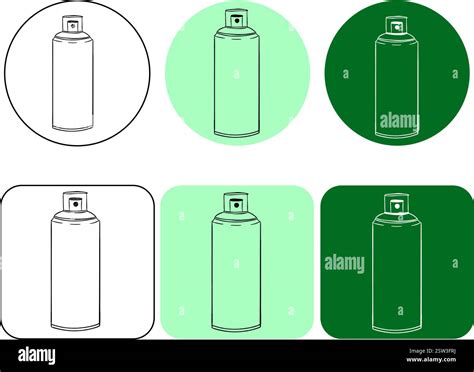Build functional strength and power for elite athletic performance?
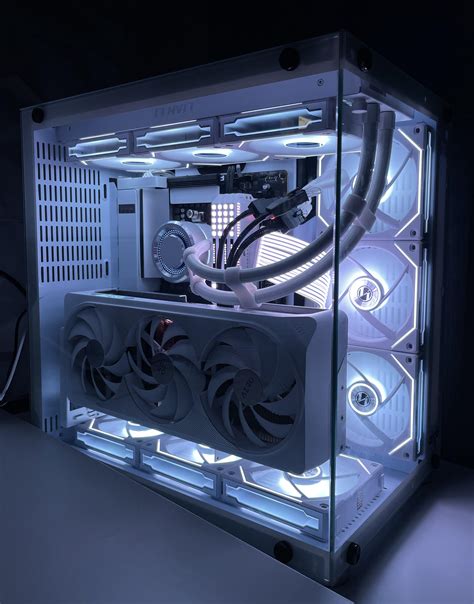
The Foundation of Elite Athleticism: Functional Strength and Power
For athletes striving to reach the pinnacle of their sport, generic strength training often falls short. Elite performance demands more than just big muscles; it requires the ability to move explosively, efficiently, and resiliently through complex, sport-specific patterns. This is where functional strength and power come into play, serving as the bedrock for superior agility, speed, endurance, and injury prevention.
Functional strength refers to the capacity to perform real-world movements with control and efficiency, often involving multiple joints and muscle groups simultaneously. Power, on the other hand, is the ability to generate maximum force in the shortest amount of time (Force x Velocity). Together, they equip athletes to accelerate faster, jump higher, hit harder, and react quicker, directly translating to competitive advantage.
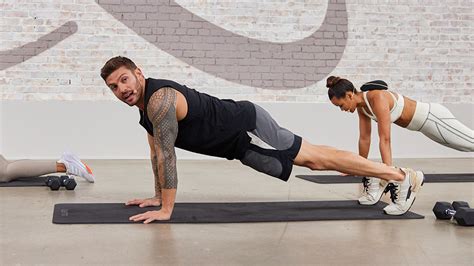
Key Principles for Developing Functional Strength and Power
Building functional strength and power isn’t about isolating muscles but about integrating them. The training philosophy should revolve around movements, not just muscles. Here are the core principles:
- Multi-Joint, Compound Movements: Prioritize exercises that involve several joints and muscle groups working in synergy, mimicking athletic actions. Think squats, deadlifts, presses, and rows.
- Core Stability and Integration: A strong, stable core is fundamental for transferring force between the upper and lower body. Every powerful movement originates from and passes through the core.
- Explosiveness and Rate of Force Development: Train to generate force quickly. This is where power training, like plyometrics and Olympic lifts, becomes crucial.
- Sport-Specific Movement Patterns: Incorporate exercises that replicate the demands of the athlete’s specific sport, improving motor control and neuromuscular efficiency in relevant actions.
- Unilateral Training: Many athletic movements are unilateral (one limb at a time). Incorporating lunges, single-leg squats, and step-ups can improve balance, stability, and address imbalances.
Essential Exercises for Enhanced Performance
A well-rounded program will combine various training modalities to target both strength and power. Here are categories of exercises vital for elite athletic development:
Strength Building (Foundation)
- Squats (Back, Front, Goblet): Develop lower body and core strength.
- Deadlifts (Conventional, Sumo, Romanian): Build powerful posterior chain strength.
- Overhead Press: Strengthens shoulders and upper body for explosive movements.
- Pull-ups/Rows: Develops upper body pulling strength essential for balance and stability.
- Lunges/Split Squats: Improve unilateral leg strength, balance, and stability.
Power Development (Explosiveness)
- Olympic Lifts (Cleans, Snatches, Jerks): Unparalleled for developing full-body explosive power and coordination.
- Plyometrics (Box Jumps, Broad Jumps, Depth Jumps, Hurdle Hops): Enhance reactive strength, elasticity, and jump height.
- Medicine Ball Throws (Slams, Rotational Throws): Develop rotational power, core explosiveness, and upper body power.
- Kettlebell Swings: Builds explosive hip hinge power, crucial for many athletic movements.
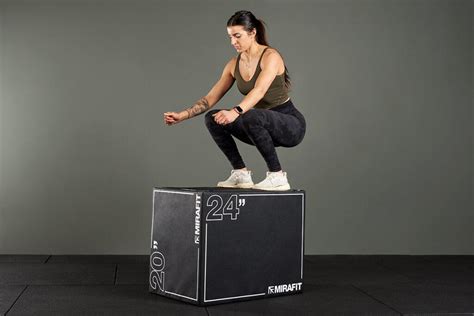
Programming for Peak Athletic Performance
Simply performing these exercises isn’t enough; intelligent programming is critical. Elite athletes require a periodized approach that cycles through different phases:
- General Preparation (Off-Season): Focus on building a broad base of strength, hypertrophy, and general conditioning.
- Specific Preparation (Pre-Season): Transition to more sport-specific strength and power, increasing intensity and reducing volume.
- Competition Phase (In-Season): Maintain strength and power with reduced volume to allow for peak performance and recovery from games/events.
- Transition Phase (Post-Season): Active recovery and mental break, light activity to maintain fitness.
Progressive overload, proper rest, and adequate nutrition are non-negotiable components of any successful athletic training program. Listen to your body and incorporate deload weeks to prevent overtraining and facilitate recovery.
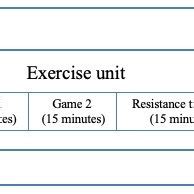
The Benefits: Why This Approach Matters
Adopting a functional strength and power training methodology yields numerous benefits directly impacting athletic success:
- Enhanced Performance: Directly translates to faster sprints, higher jumps, more powerful throws, and improved overall sport-specific skills.
- Injury Prevention: By strengthening muscles in patterns relevant to movement and improving joint stability, athletes become more resilient to the stresses of competition.
- Improved Agility and Coordination: The multi-joint nature of functional exercises enhances proprioception, balance, and the ability to change direction quickly.
- Increased Work Capacity and Endurance: Training multiple muscle groups efficiently improves the body’s ability to sustain high-intensity efforts.

Conclusion: A Holistic Path to Dominance
Building functional strength and power is not just a training methodology; it’s a philosophy for maximizing athletic potential. By integrating compound movements, explosive exercises, and sport-specific training into a well-periodized program, athletes can forge bodies that are not only strong but also agile, resilient, and ready to dominate. Consistency, intelligent progression, and a commitment to these principles are the keys to unlocking elite athletic performance and achieving sustained success in any sport.



